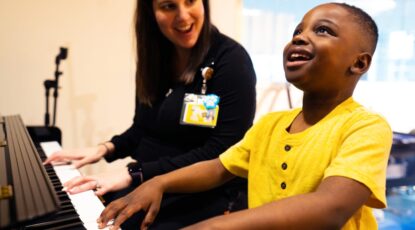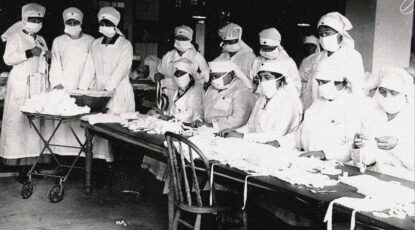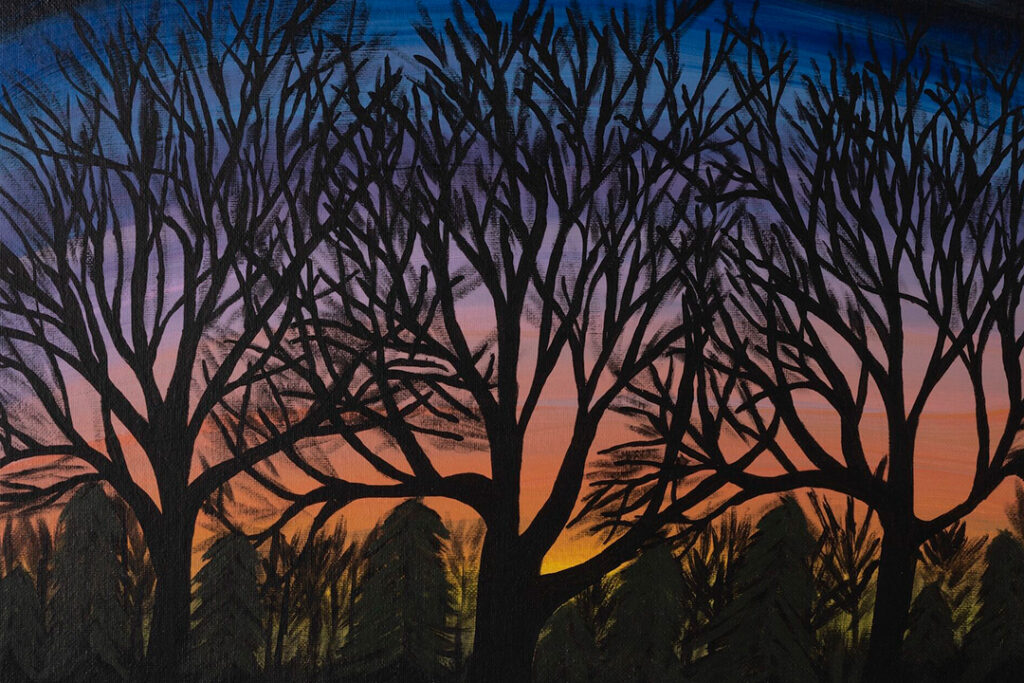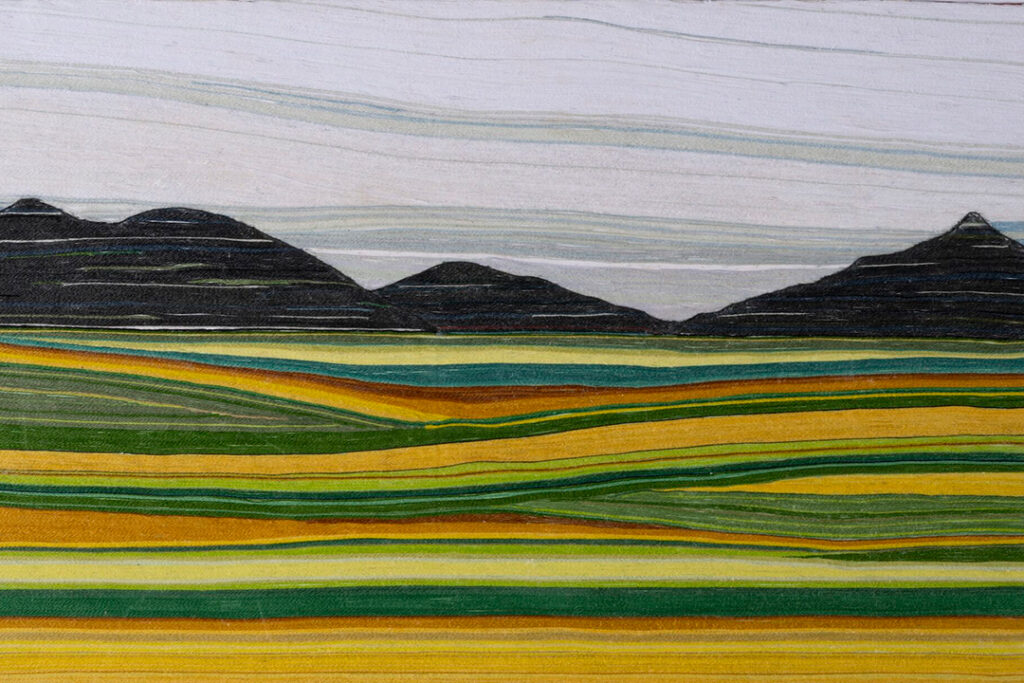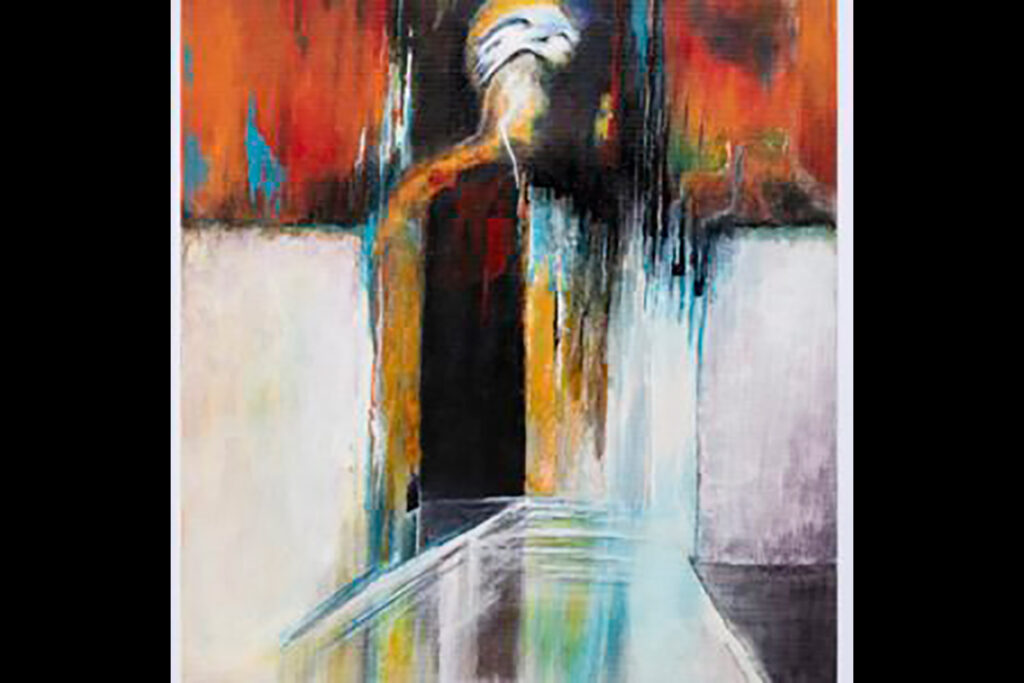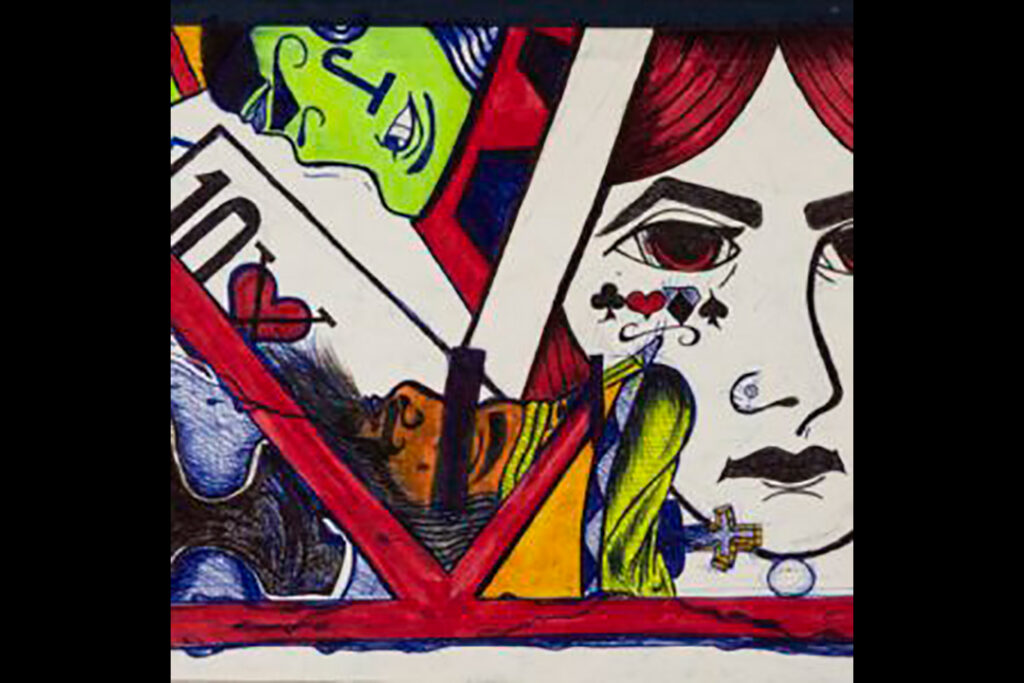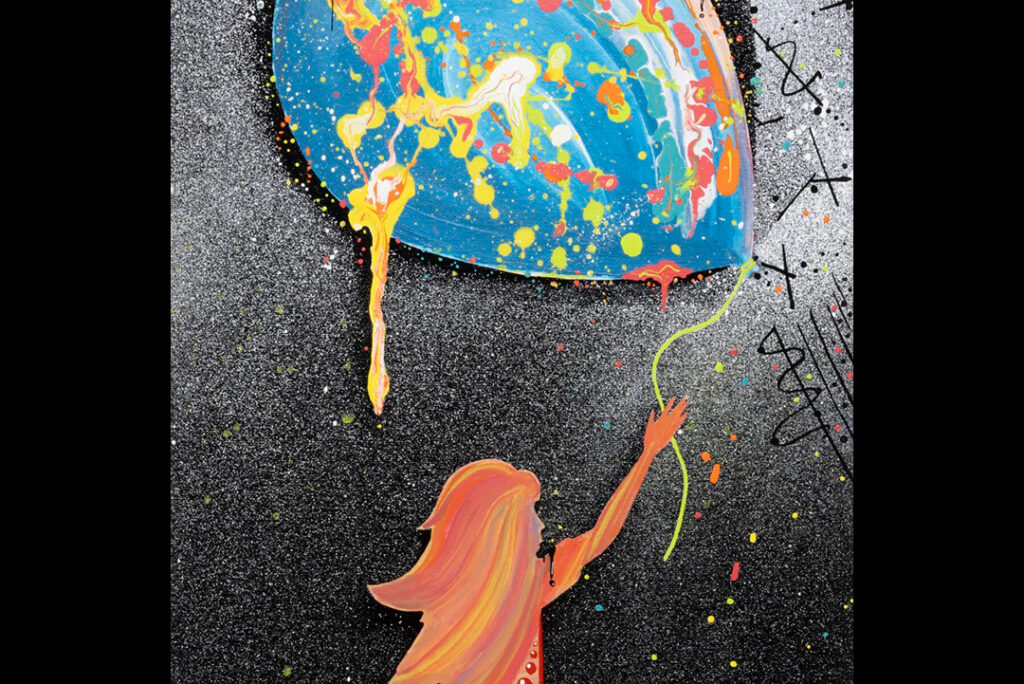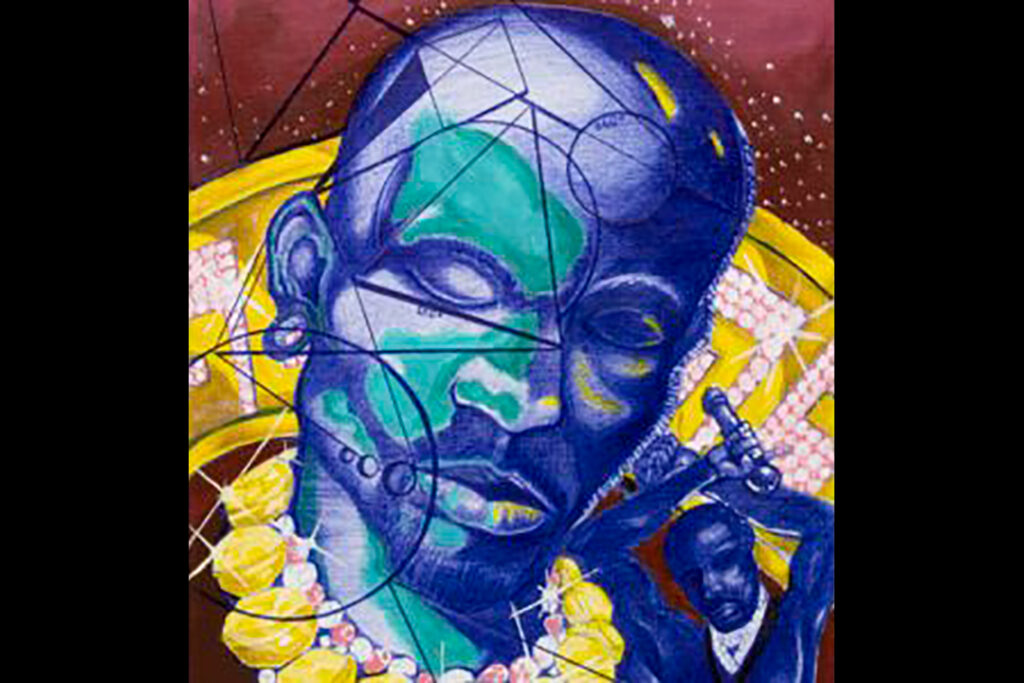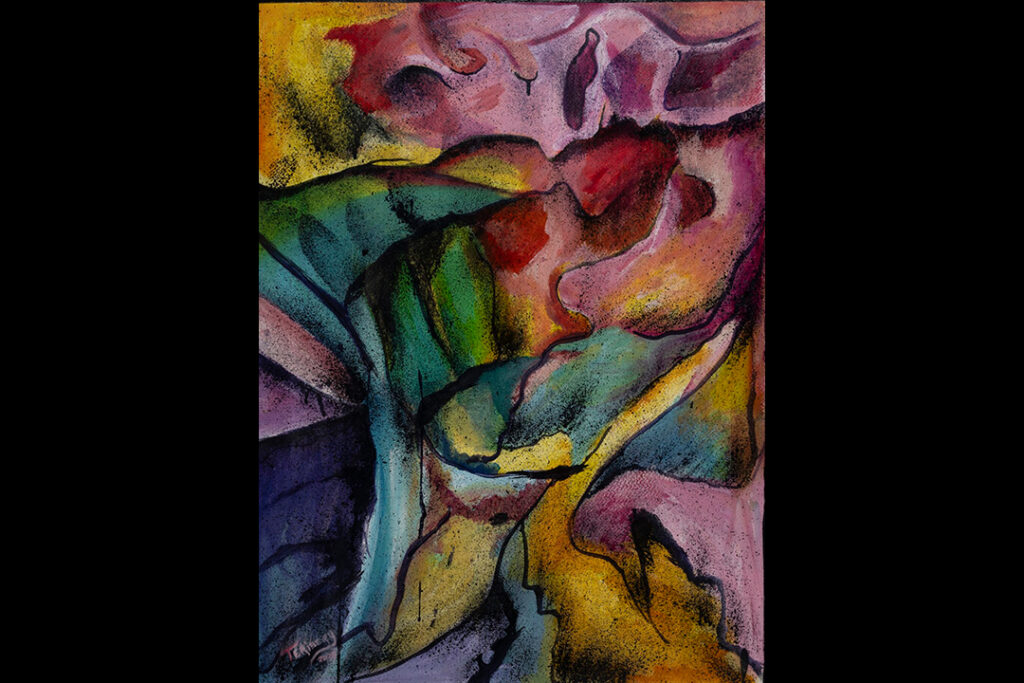Ono highlights impact of state support on student success, affordability, economic growth
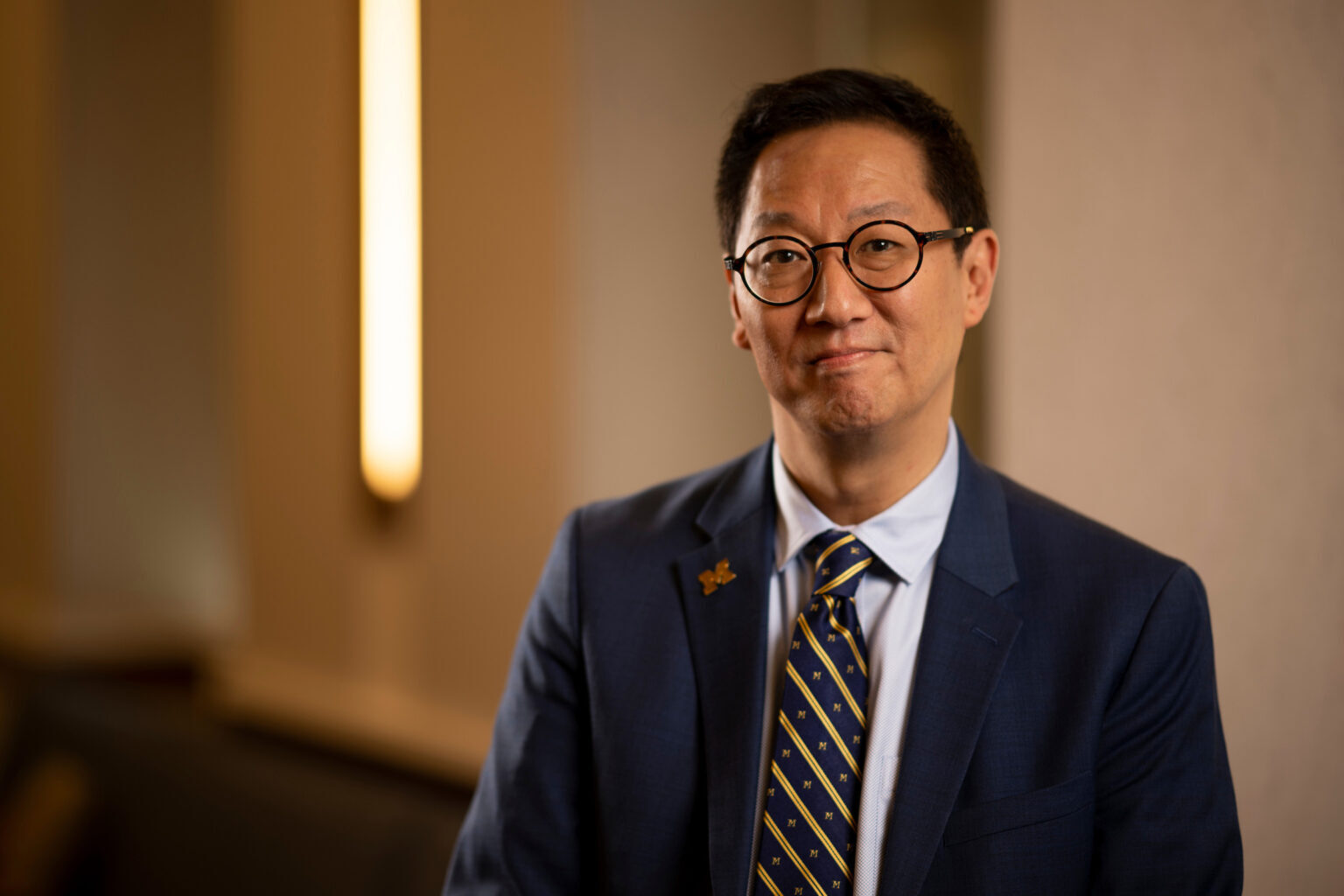
In testimony before the Michigan House Appropriations Subcommittee on Higher Education and Community Colleges in Lansing on April 30, President Santa J. Ono reinforced the vital role state funding plays in furthering the success of students, driving economic development, and maintaining affordable access to a world-class higher education experience for students across the state.
-
Music therapy is a calming, soothing connector
Sophie’s Place is a bright comfortable music studio, tucked away in a corner at U-M’s C.S. Mott Children’s Hospital. Named for young singer-songwriter Sophie Rose Barton, the studio brings its own kind of healing to patients, families, and therapists.
-
48217: The Stamps Pollution Mural Project
‘48217’ is known as Michigan’s most polluted zip code. Community activists in this community near Detroit teamed up with Stamps Professor Joe Trumpey and his students in Fall 2022 to draw attention to the poor air quality in this industrial area — to stunning effect.
-
U-M, MSU, WSU partner with state to aid opioid abatement
The three universities are prepared to help local governments determine the best strategic use of their respective communities’ share of a $1.45-billion allocation by Johnson & Johnson and drug distributors to remediate overdose deaths caused by opioids.
-
U-M seeks actions by court, labor board against striking GEO
On March 30, the University filed in Washtenaw County Circuit Court alleging breach of contract by the Graduate Employees’ Organization for striking, and asked the court to order strikers to return to work. U-M also filed an unfair labor practice charge with the Michigan Employment Relations Commission.
-
History saved lives in this pandemic. Will society listen next time?
Medical historian Howard Markel, MD/PhD, reflects on what the past three years of COVID-19 have taught us. ‘It’s not a matter of if we will have another pandemic, it’s a matter of when,’ he says.
-
President’s Day: An era of change
‘It is time for a new vision, a new punctuation, a new opening of possibilities for the University of Michigan. As we envision, imagine, and aspire, we will also build,’ says Santa J. Ono, who was inaugurated March 7 after serving as president since Oct. 14, 2022.
Columns
-
President's Message
Reaffirming our focus on student access and opportunity
U-M seeks to ensure every student will rise, achieve, and fulfill their dreams. -
Editor's Blog
Peace out
It's a mad, mad, mad, mad world out there. -
Climate Blue
Keeping our focus on climate
As federal support for climate science wanes, Ricky Rood remains hopeful. -
Health Yourself
Are you an ‘ager’ or a ‘youther’?
Why do some people appear younger or older than people born in the same year?
Listen & Subscribe
-

MGo Blue podcasts
Explore the Michigan Athletics series "In the Trenches," "On the Block," and "Conqu'ring Heroes." -

Michigan Ross Podcasts
Check out the series "Business and Society," "Business Beyond Usual," "Working for the Weekend," and "Down to Business." -

Michigan Medicine Podcasts
Hear audio series, news, and stories about the future of health care.
In the news
Creativity and connection across prison walls
One of the world’s largest and longest-running exhibitions of incarcerated artists is back with new programming designed to foster connection and deepen public understanding of incarceration in Michigan. The 29th annual Exhibition of Artists in Michigan Prisons, curated by U-M’s Prison Creative Arts Project, showcases 772 artworks by 538 artists incarcerated in 26 state prisons. The Duderstadt Center Gallery on U-M’s North Campus is presenting the artwork through April 1.

